Puli Weeping European Larch
Larix decidua ‘Puli’
Plant Details
USDA Plant Hardiness Zones: 2a-8b Find Your Zone
Plant Type: Conifer
Height at Maturity: 10-12′ (average)
Width at Maturity: 3-6′ (average, depending on training)
Spacing: Best as specimen or use two to frame an entrance
Spacing: Best as specimen or use two to frame an entrance
Growth Habit / Form: Upright, Weeping, Columnar, Narrow
Growth Rate: Slow to Moderate, 6-12″ per year
Flower Color: na
Flower Size: na
Flowering Period: na
Flower Type: na
Fragrant Flowers: na
Foliage Color: Green shades
Fragrant Foliage:
Berries:
Berry Color:
Sun Needs: Full to Mostly Sun
Water Needs: Average
Soil Type: Clay (well draining), Loam, Sandy (moist), Silt
Soil Moisture / Drainage: Moist But Well Drained
Soil pH: 4.5 – 8.0 (Acid to Alkaline)
Maintenance / Care: Low
Attracts: Visual Attention
Resistances / Tolerances: Cold Temperatures (-30F), Deer, Disease, Insect
Description
A rare weeping form of the European Larch, Larix decidua ‘Puli’ is a breathtakingly beautiful conifer that when staked forms a narrow, waterfall-like silhouette clothed in clusters of soft-textured bright green needles maturing to a rich green. With the arrival of cooler temperatures in fall the foliage turns to a glowing yellow. Depending on how you to want to shape it with pruning, it might reach 8 to 10 feet tall and 3 to 6 feet wide. Easy to grow, Puli is fine choice as a dramatic accent tin small garden spaces, home foundation plantings, and Japanese and rock gardens in USDA Zones 3a-8b. Sure to be a conversation piece!
Landscape & Garden Uses
Because it makes such a statement in the landscape, we think the Puli Weeping European Larch is most effective when used as a specimen in small garden spaces or in pots, planters and other containers that can be situated on patios and around other outdoor sitting and living spaces. That said, two can be used to frame an entrance or three in a spaced grouping at 7 feet or more apart. A fine addition to an Asian themed garden or conifer or rock garden. Looks really nice around a garden pond. Make sure not to overcrowd this beauty with larger growing shrubs!
Growing Preferences
The Puli Weeping European Larch is easy to grow in most any moist but well-drained acidic soil of average fertility and full to mostly sun. As with so many other conifers, constantly soggy or waterlogged soil is problematic. Just keep in mind that whether growing in the ground or in pots, good drainage is essential. A little shade is tolerated however plants won’t be as full. Maintenance is minimal to none however responds well to pruning for shaping purposes. Any pruning is best done in summer so wounds will heal before winter. As with other conifers, avoid pruning beyond where there is no green growth.
Note: You can find more details and expert advice under the Planting & Care tab on this page.
Plant Long & Prosper!
Meet The Wilson Brothers & Staff
Questions? Contact Us!
Be the first to review “Puli Weeping European Larch (Larix Decidua) – 5 Gallon Pot” Cancel reply
Related products
Sale!
Sale!
Sale!
Sale!
Sale!
Sale!
Sale!
Sale!


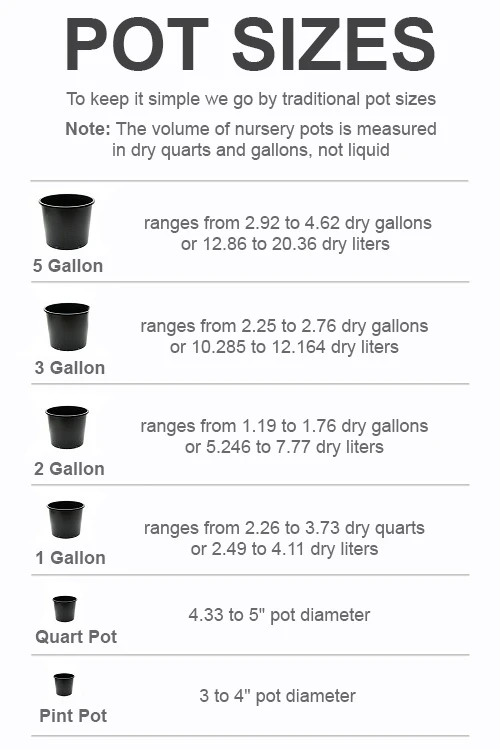

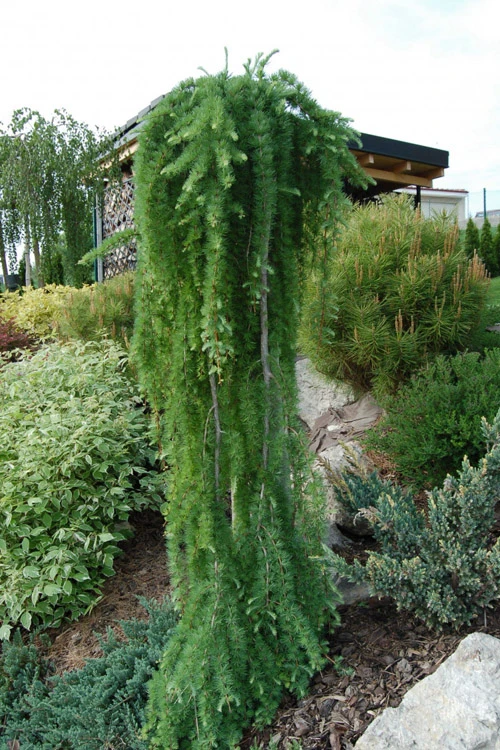
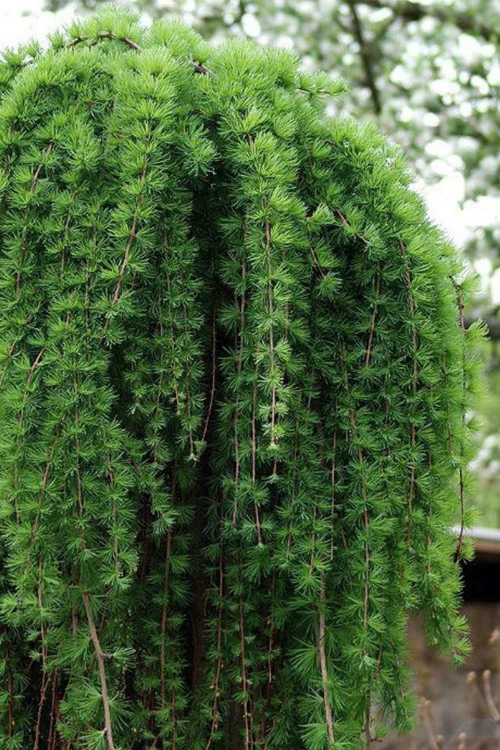
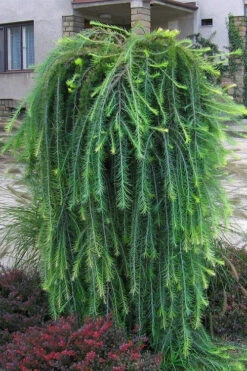



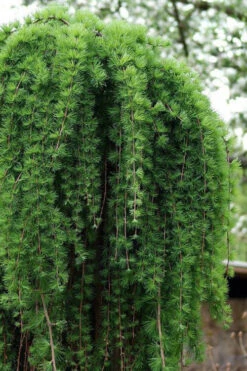

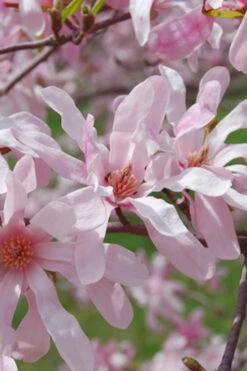

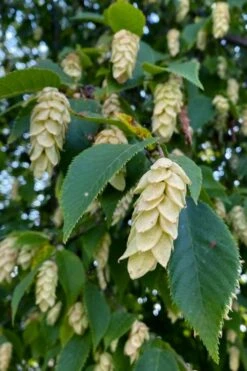

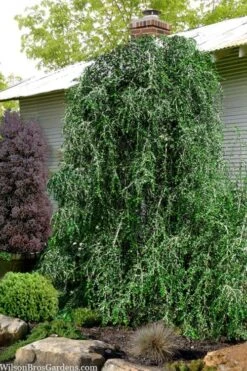
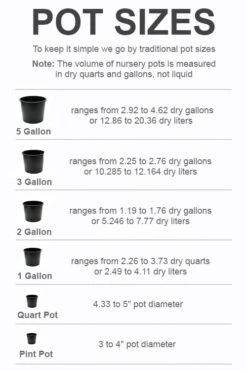

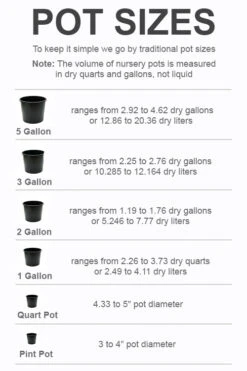
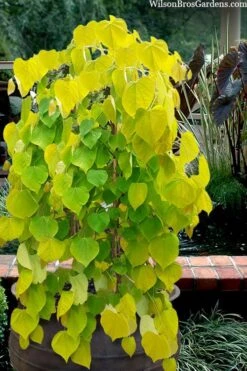
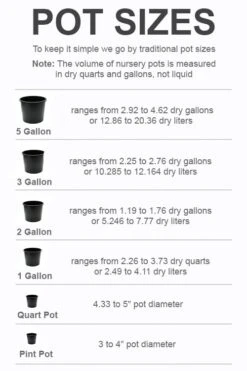
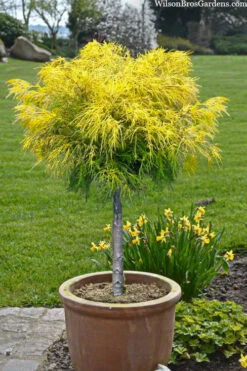


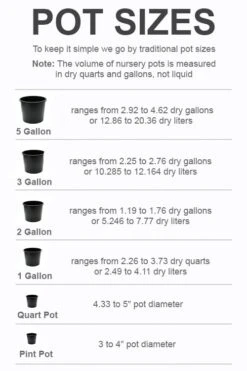
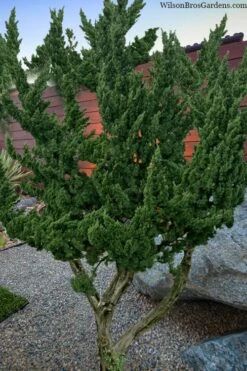

Reviews
There are no reviews yet.